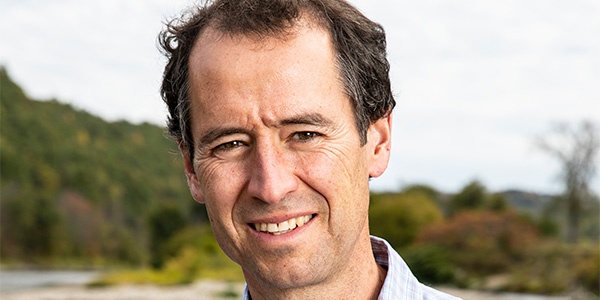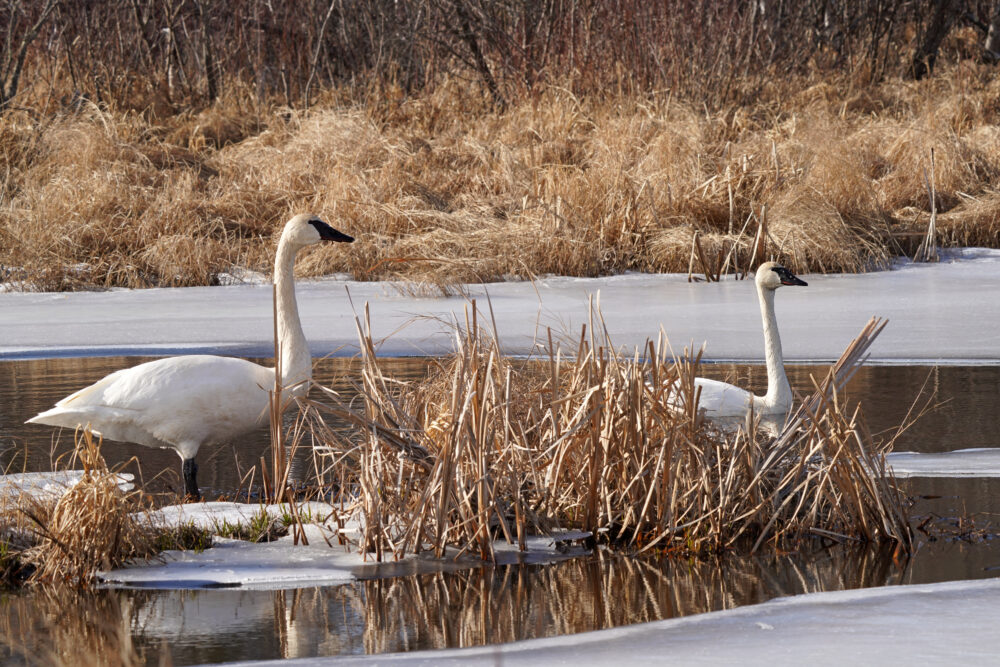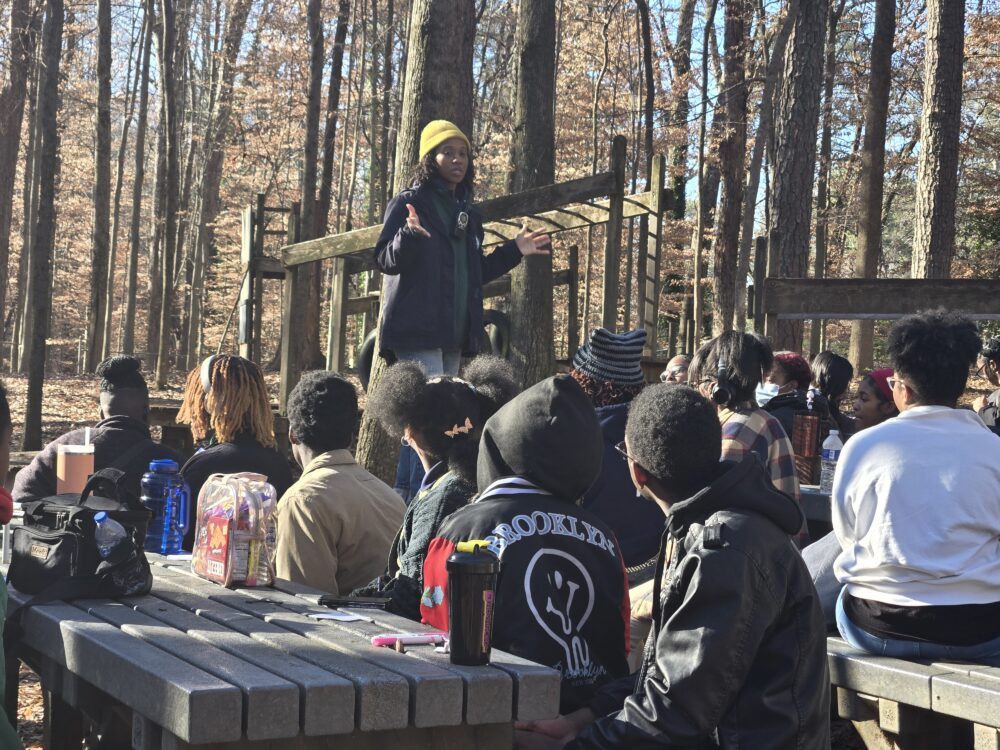We have much more to do and your continued support is needed now more than ever.
States Should Move Forward with Clean Power Plan Compliance
Why? Because building a responsible, renewable energy economy is good for wildlife and good for the economy. It’s also our energy future.
The Clean Power Plan is a critical step to our success in protecting wildlife from climate change. It is the center piece needed to achieve the current Administration’s goal of 26-28% reduction in carbon pollution output by 2025 over 2005 levels. Meeting this goal is key to upholding America’s obligation under the breakthrough International Agreement reached in Paris in December of last year to keep global temperatures from rising to catastrophic levels, with an aspirational target of no more than 1.5° C of warming.
Clean Power Plan Good for Wildlife
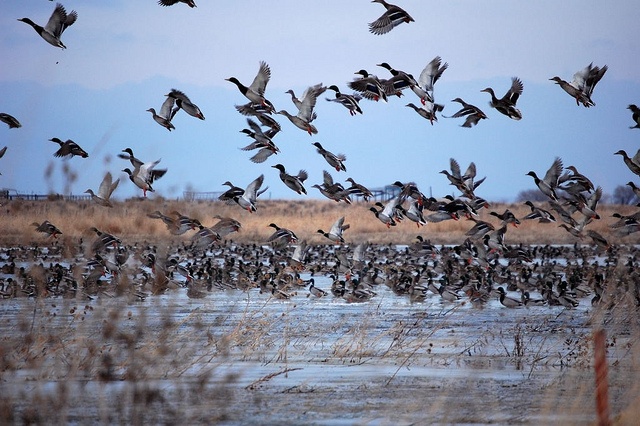
Without measures like the Clean Power Plan to cut carbon pollution, the forecast for wildlife is dire. Last year was the hottest year on record, beating out 2014 and continuing a disturbing trend that has wildlife feeling the heat.
Climate change poses the greatest of threats to wildlife and communities. If carbon pollution continues unabated, scientists predict that higher temperatures will lead to extremely high extinction rates, perhaps up to half of all species. Climate change threatens to dry up duck breeding habitat in the Great Plains, expose moose populations in northern states to deadly tick infestations, eliminate brook trout from Appalachian streams, and jeopardize countless other species.
Clean Energy is the Energy Future
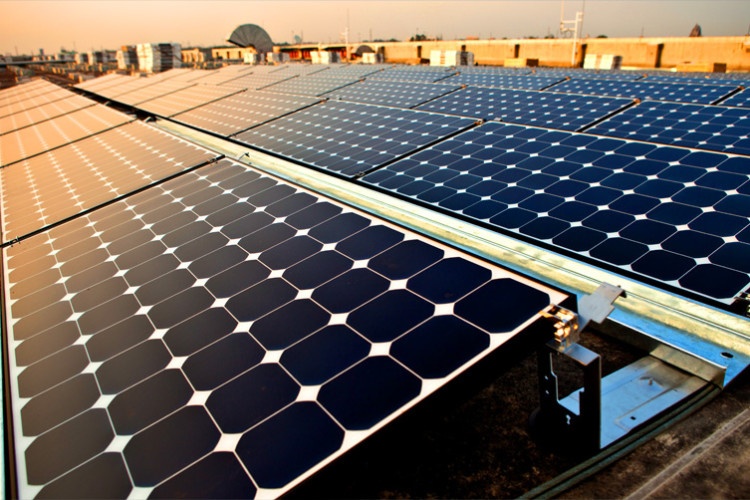
A massive transformation to renewable, responsible energy is already occurring. Compliance with and implementation of the Clean Power Plan will only serve to accelerate this job creating trend for states.
The momentum occurring in the renewable energy sector was recently summed up by EPA Administrator McCarthy:
- Today, the U.S. solar industry is creating jobs 10 times faster than the rest of the economy. Electricity generated from renewables is expected to grow by 9% in 2016 alone.
- The U.S. added 8.6 gigawatts of wind power capacity in 2015 – and those installations represent a 65% increase from 2014 levels. Today every major U.S. automaker offers electric vehicles.
- Since 2009, the American auto industry has added at least 250,000 jobs. That’s because they’re selling the technologies that people actually want to buy.
As McCarthy states, “these market signals speak for themselves. The train has left the station.” Incentives for renewable energy development and market changes have already been enacted and studies show this will accelerate robust renewable energy growth as the market for coal falters and natural gas growth flattens in many scenarios.
The trend is clear: renewables are the energy source of the future. In fact, solar workers now outnumber coal miners 2 to 1, with a whopping 22% growth rate in solar seen in 2014. Wind energy has increased about 5 times over the last eight years. Moving forward with Clean Power Plan compliance planning will make this growth faster, creating more jobs and avoiding more harmful pollution.
The Time to Move Forward is Now

It make sense for states to continue with the Clean Power Plan compliance efforts. There’s no reason to wait on the courts to get going.
In fact, well prior to the Clean Power Plan being issued, nine northeast states and California put in place carbon reduction trading mechanisms that have produced enormous results in reducing pollution, generating revenue and helping to build renewable energy economies in these states. Such mechanisms are the exact type of win-win-win compliance tools the Clean Power Plan encourages.
Fortunately, 20 state aren’t waiting on the courts and are moving forward with compliance planning that will help them build the energy economy of tomorrow. These states cover all corners of the country, and include some traditional coal states: Arkansas, California, Colorado, Connecticut, Delaware, Idaho, Illinois, Louisiana, Maine, Maryland, Massachusetts, Minnesota, New Hampshire, New York, Oregon, Pennsylvania, Rhode Island, Virginia, Washington, and Wyoming. The District of Columbia, Hawaii and Vermont are exempt from the rule, but supportive.
Additionally, Arizona, Florida, Iowa, Missouri, Nevada, New Mexico, Ohio, South Carolina and Tennessee are still assessing compliance in light of the stay and may move forward with compliance. These states should decide to move forward with compliance planning.
Unfortunately, other states have suspended compliance efforts. This will only hurt these states and wildlife in long run.
The court process will hopefully play out quickly and the legal bases for the Clean Power Plan are strong. In the meantime, states have everything to gain by moving forward with plans to build the wildlife friendly energy future that’s already arriving.
Take action
